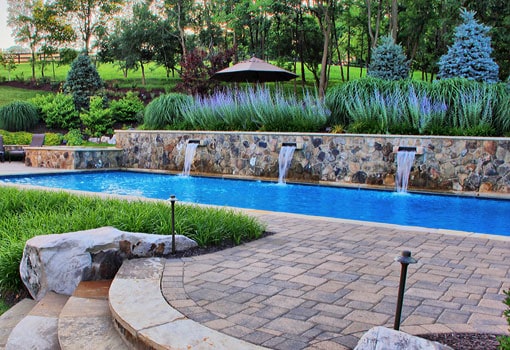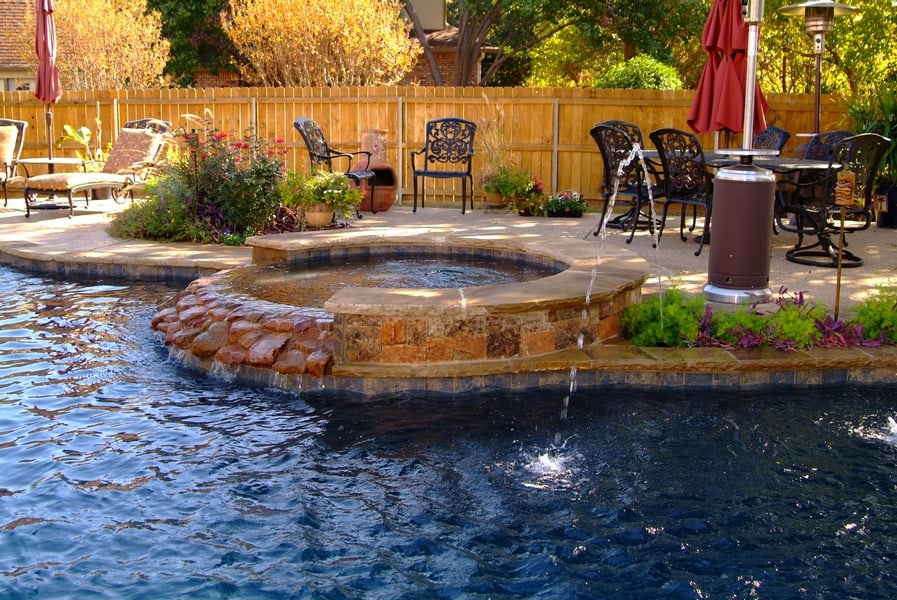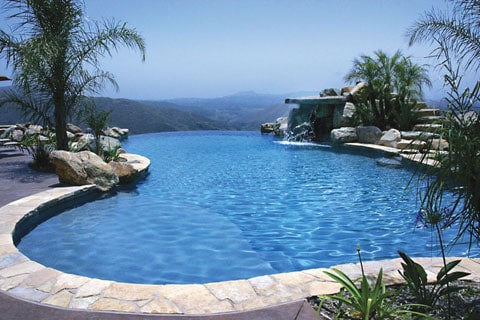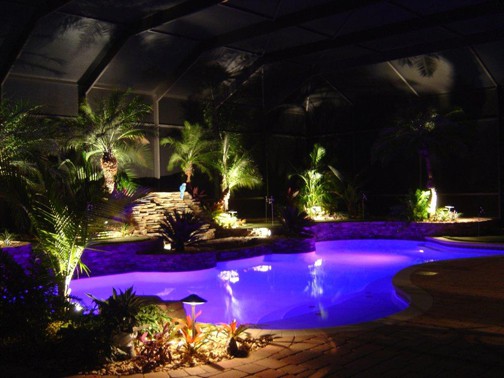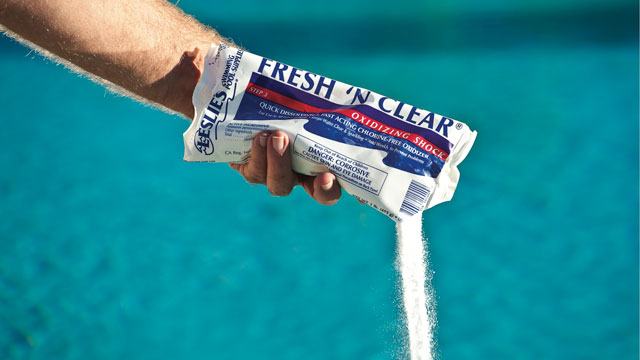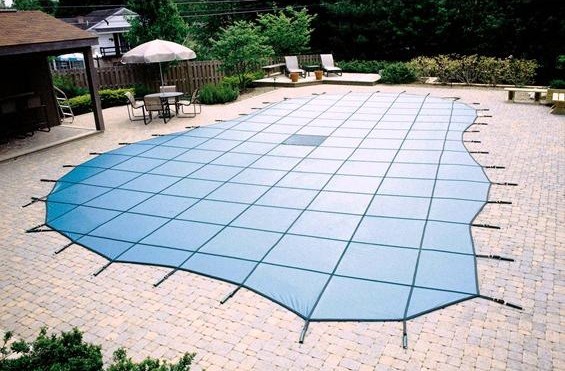If you have a sloped backyard, you have probably already explored the idea of getting a pool retaining wall. This is a special wall installed to hold back dirt in a sloped yard so the swimming pool can be constructed on a flat surface. To give you a better understanding of this concept, let’s take a look at different types and uses of pool retaining walls.
What Are Pool Retaining Walls Used for?
The main purpose of a pool retaining wall is to act as a barrier for soil in a yard. If a section of the yard needs to be flattened, the retaining wall will prevent the exposed soil from coming into the pool. It also covers the look of the soil to make it more aesthetically pleasing. The wall is often made of a material that complements the pool deck materials, so the entire structure looks cohesive.
Retaining walls may be used for aesthetic purposes as well. For instance, you may opt to have a retaining wall installed in front of a line of tall bushes in your yard. The wall can be set to a bench-level height so people can sit on it while they enjoy the view. You may also use a retaining wall as a privacy fence of sorts, keeping out onlookers who may try to peer into the pool. If you have an outdoor shower next to your pool. The retaining wall may act as a backdrop for the shower so the water does not splash all over the yard.
Different Types of Pool Retaining Walls
There are two main types of pool retaining walls: masonry and segmental. Masonry retaining walls are made from poured concrete, and they are usually faced with brick or stone. Segmental retaining walls are made from concrete blocks that are stacked on top of one another to form the wall. Segmental walls are more popular than masonry walls because they are less expensive and easier to install. The blocks can be molded to accommodate nearly every shape of pool imaginable, and they look just as visually appealing as the natural stone used for masonry walls. Segmental retaining walls may cost up to half as much as masonry walls, which is why they have become so popular over the years.
Choosing the Right Retaining Wall Materials
Whether you opt for a segmental retaining wall or a masonry retaining wall, you are going to have several options to choose from when it comes to design. If you are installing this around an existing pool, you will want to consider materials that will complement the pool itself and your pool deck. If you are installing a new pool in your yard, you will want to think about a retaining wall that works well with the other materials you plan to use in the area. Most pool retaining walls are made from earth tones or grey tones, but there are some with orange and burgundy tones mixed in.
In addition to thinking about your pool colors, you may consider the overall look of your backyard. Would a grey retaining wall work well with your red brick home, or would you be better off with something in the beige or cream family? You can get samples of the materials you like best and bring them to your home. Then you will be able to see firsthand how everything goes together. Once you find the retaining wall material that fits in best, you can move forward with your swimming pool construction.

